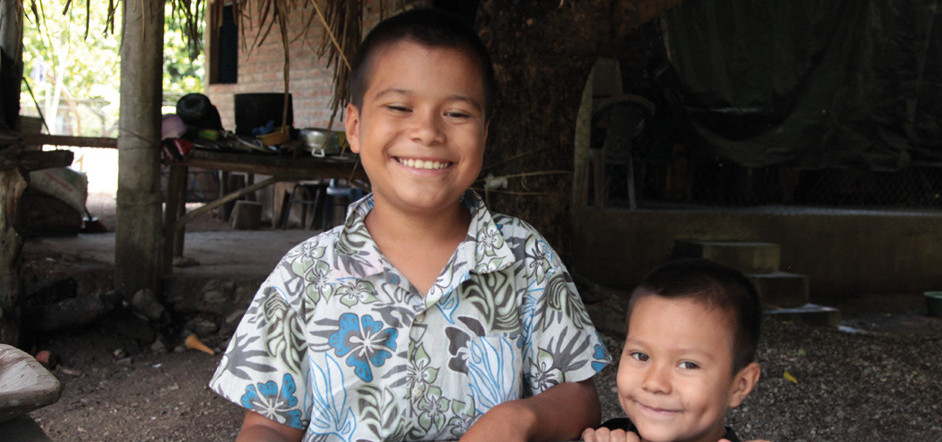Central America, located between the Caribbean Sea and the Pacific Ocean, has an abundance of water, but two thirds of the population of the region lives in the Pacific watershed, where there is the least water. Cities and towns face increasing demand for water, while trying to cope with floods, drought, pollution, and vector-borne diseases. And, because countries of the region have been decentralising services, local governments must take responsibility for managing water resources and reducing vulnerability of their communities to extreme weather.
Some Central American countries do not yet have national water legislation or have difficulty implementing it. Realising that approval processes for new laws and national adaptation planning can take time, and seeing the need for municipalities to act responsively to existing conditions, GWP Central America began to develop tools to support the region’s local governments in implementing integrated water resources management and climate-resilient governance frameworks.
IWRM in Paperwork
As a first step in 2013, GWP Central America produced an IWRM guide for technical personnel and facilitators who work at the municipal level, equipping them with a series of steps for management, use, and conservation of water resources. The guide was widely used and reprinted, especially in Nicaragua, a country with many organised local water committees who could now see a way to engage with a broader group of stakeholders.
“I have found the Guide particularly useful. It has been a fundamental tool in the work with the communities in the Moyúa Lake basin and in the municipality of Monterrey. The document provides an accessible explanation of concepts and methodologies that aids participants in assimilating the important and urgent issues of IWRM.” Thelma Salvatierra Suárez, Center for Research in Aquatic Resources of Nicaragua of the National University of Nicaragua.
In 2015 GWP’s WACDEP programme responded to the clear need for more detailed guidance to cities and towns dealing with the potential and actual impacts of climate change. Regional and national workshops captured participants’ insights for inclusion in a manual for local governments, Guidelines for the Incorporation of Risk Management in Municipal Development Plans with a Focus on Water Resources. Developed in partnership with the Honduran Institute of Earth Sciences of the National University of Honduras and the United Nations Office for Disaster Risk Reduction, the guide aimed to contribute to fulfilling the goals of the Sendai Framework for Disaster Risk Reduction. The manual identified entry points for city and town planners and technical staff to consider water risks in development planning processes. The guidelines were distributed in the region and used as a training resource for workshops in the capital city of Honduras and in a municipality of Guatemala.
“The Environmental and Risk Management Unit of the Municipality of San Marcos was recently created to provide mitigation and containment actions due the effects of climate change. This was possible after the workshop on the Guidelines for the incorporation of risk management in Municipal Development Plans, coordinated by GWP Central America and the Association of Municipalities of the Naranjo River Basin. The Unit has begun three different projects focused on the protection of the natural resources," said Ruth Nohemi Castañón Mejia, Coordinator, Environmental and Risk Management Unit of the Municipality of San Marcos.
Changing Mindset
Work to determine countries’ progress in reaching Sustainable Development Goal (SDG) 6.5.1 – the degree of integrated water resources management implementation – provided another opportunity to support Central American municipalities in building resilience to climate change. In 2020 GWP Central America launched Guidelines for Developing Municipal Water Policies with an IWRM Focus during SDG 6.5.1 consultation workshops in Central America. Supporting municipalities in planning the use of water resources and lessening the impacts of climate change, in lieu of instruments at the national level, are examples of GWP’s adaptive management approach, fitting its interventions and support into regional, national, and local conditions. The long term engagement needed for this work brings home essential messages that change mindsets. Introducing guidance that has been customised through participatory work provides, at each stage, building blocks of a management approach that is relevant to local conditions, trusted, and understood.

